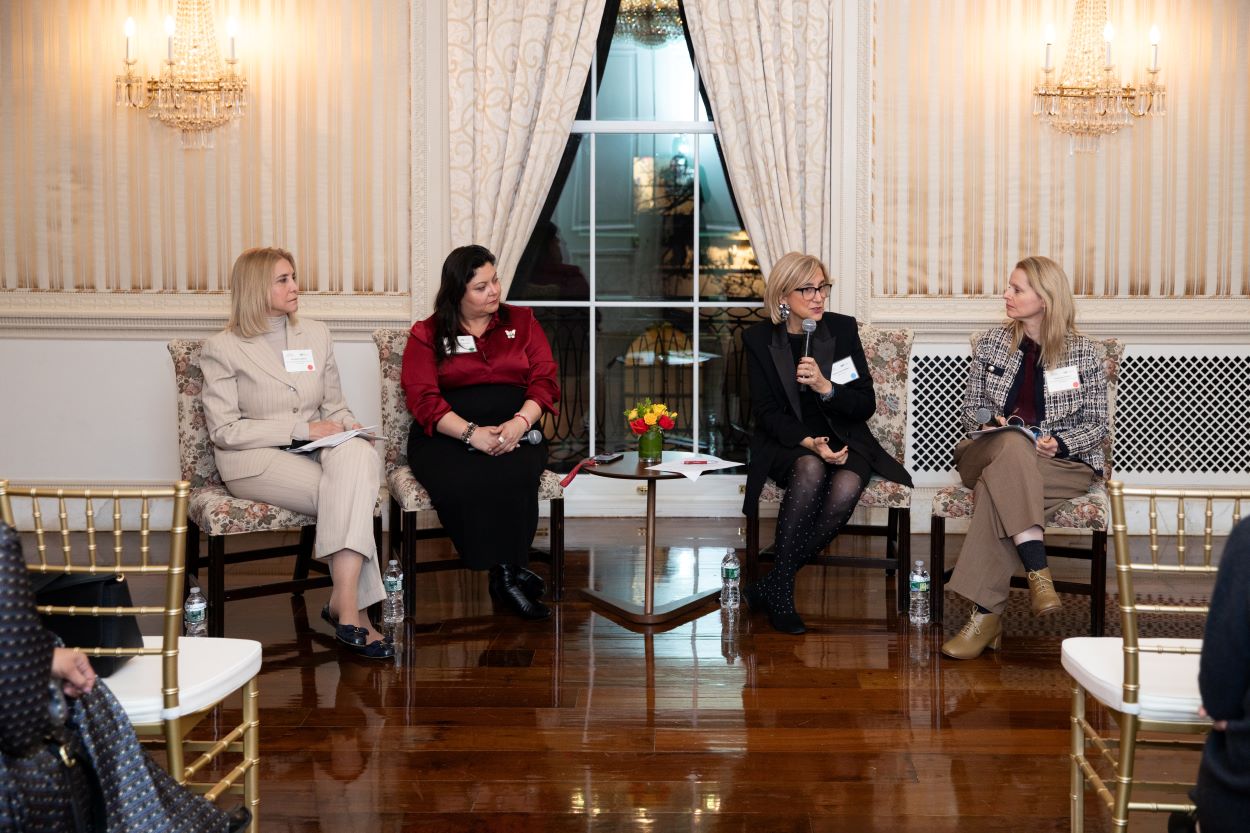Seeking Gender Parity in the Americas: Why We Need More Women Leaders
Seeking Gender Parity in the Americas: Why We Need More Women Leaders
Having women in positions of power makes good economic sense and creates inclusive societies, writes AS/COA's Carin Zissis for U.S. News & World Report.
Come Sunday, Brazilians will turn out for an election in which the top two candidates are women. That President Dilma Rousseff and former Environmental Minister Marina Silva are competing to lead Latin America’s largest economy now comes as little surprise in a region that accounts for a third of the world’s women presidents.
But Latin America doesn’t just lead in terms of the number of heads of state. Nicaragua has the world’s highest percentage of female ministers, while four Latin American countries rank in the top 20 on that count. The Americas as a whole has the highest percentage — over a quarter — of women in parliamentary positions; only the Nordic countries, when separated out from Europe, supersede that rate. The United States does little to help the average, as the percentage of women in the House of Representatives ranks it a dismal 83rd. And while speculation abounds over whether Hillary Clinton could be the first female presidential nominee in U.S. history, over a dozen other countries in the Americas have already had a woman as a head of state.
One reason for Latin America’s greater rate of female political participation is the use of quotas to increase women’s representation. Fifteen countries have legislated quota systems mandating rules about the minimum percentages of women candidates, funding for women’s campaigns, or even equal representation for female candidates on ballots. For example, in Costa Rica, where a third of the country’s lawmakers are women, half of all candidates must be female. Colombia’s 2011 gender quota law led to an increase in female candidates from 20 to 35 percent in that year’s local elections....
Read the full article in U.S. News & World Report's online opinion section.










